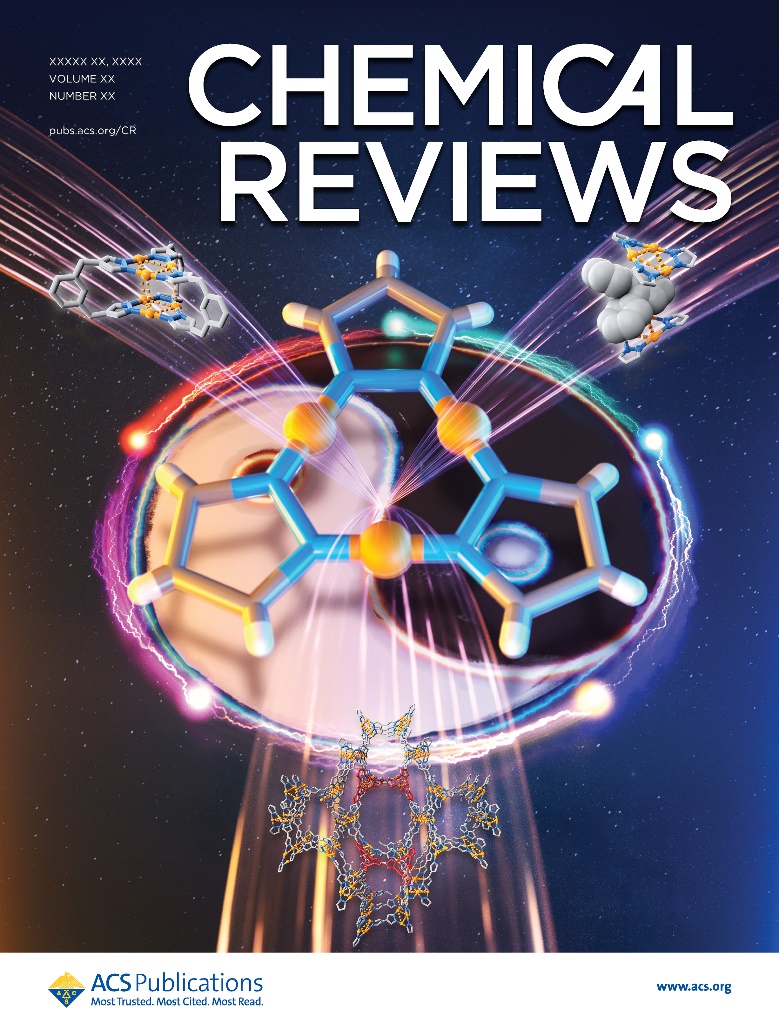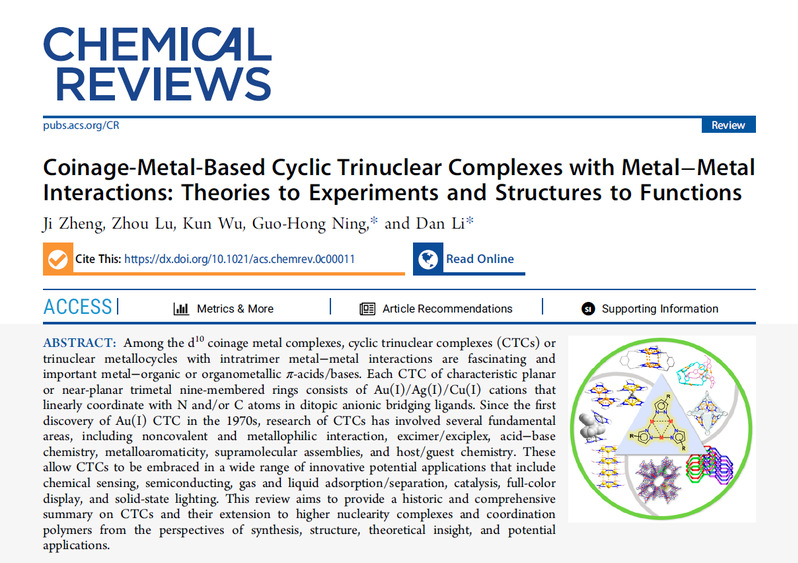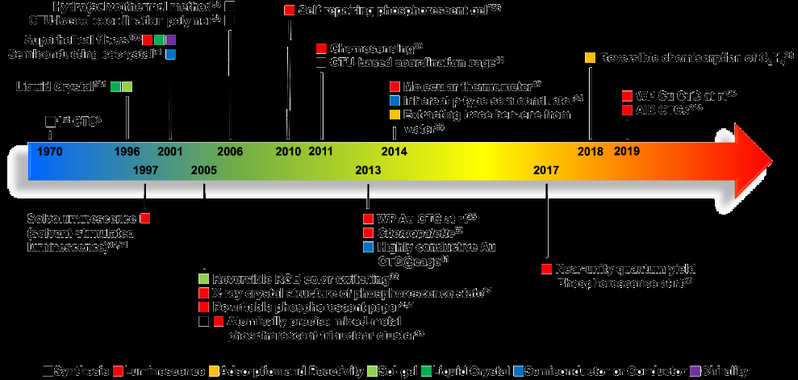- ABOUT JNU
- ADMISSION
-
ACADEMICS
- Schools and Colleges
-
Departments and Programs
- Arts College of
- Chinese Language and Culture College of
- Economics College of
- Electrical and Information Engineering College of
- Foreign Studies College of
- Information Science and Technology College of
- Environment School of
- Humanities School of
- International Business School
- International Studies School of
- Journalism and Communication College of
- Law School
- Liberal Arts College of
- Life Science and Technology College of
- Management School of
- Marxism School of
- Medicine School of
- Pharmacy College of
- Physical Education School of
- Science and Engineering College of
- Shenzhen Tourism College
- Research Institute
- Research Center
- Programs in English
- Majors
- Study Abroad
- Online Learning
- RESEARCH
- CAMPUS LIFE
- JOIN US
Latest News
Chemical Reviews Publishes JNU Professors' Findings as Cover Story
Time: Aug. 12, 2020
Source: Office of Scientific Research and Development, College of Chemistry and Materials Science
With Jinan University as the only communication unit, the team of Prof. Li Dan, Prof. Ning Guohong and lecturer Zheng Qi from JNU's College of Chemistry and Materials Science has jointly published a review paper titled Coinage-Metal-Based Cyclic Trinuclear Complexes with Metal-Metal Interactions: Theories to Experiments and Structures to Functions as the cover story in Chemical Reviews, a top academic journal (Impact Factor 52.758). Based on 15 years' research achievements by Li's team, this review is a comprehensive summary of the history and development of study on its topic.

(Cover of Chemical Reviews)

(Screenshot of the first page of the paper)

(Landmark event of cyclic trinuclear complexities development)
The team has achieved fruitful results in this field, focusing on CTCs as a major point. Almost 30 papers have been published in well-known academic journals such as Journal of the American Chemical Society, Angewandte Chemie International Edition and CCS Chemistry, including some representative achievements:
•For the first time anywhere, the introduction of water (solvent) thermal synthesis, which facilitates the synthesis of Ag(I) and Cu(I) CTCs and coordination cages and polymers with Ag(I) and Cu(I) CTUs, greatly improving the structural diversity of the research system.
•A design for a series of monopyrazole, bipyrazole and pyrazolyl-bearing bifunctional ligands, thus constructing a series of zero-dimensional to three-dimensional coordination with CTUs.
•A proposal for a chemical palette strategy to improve the limitation of the room temperature luminescence color of CTCs, which have the defect of low-energy visible light, and a report on the first case of bright white pyrazolyl Au(I) and Cu(I) invented at room temperature tri-nuclear unit complexes, self-calibrating wide-range luminescence thermometers, and ground electroluminescent color-changing molecular materials that reversibly transform between blue-violet light and red light.
•Construction of Cu(I) CTUs with nano-level hydrophobic cavities of the water-stable metal-organic framework, which can be applied to removing trace hydrocarbon pollutants in water.
This research was funded by the National Natural Science Foundation of China, the “973” Program, and the Major Basic and Applied Basic Program of Guangdong Province.
NEWS
- About the University
- Quick Links
Copyright © 2016 Jinan University. All Rights Reserved.




